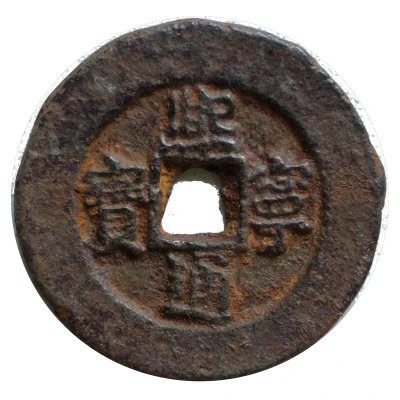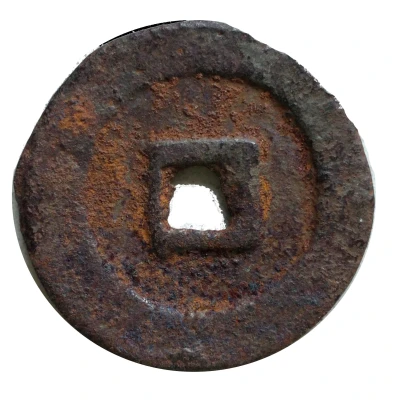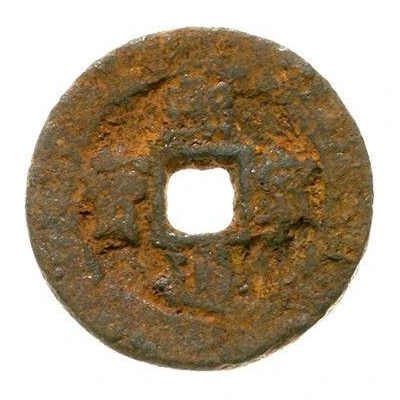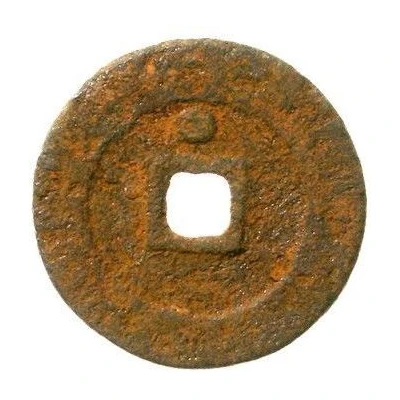
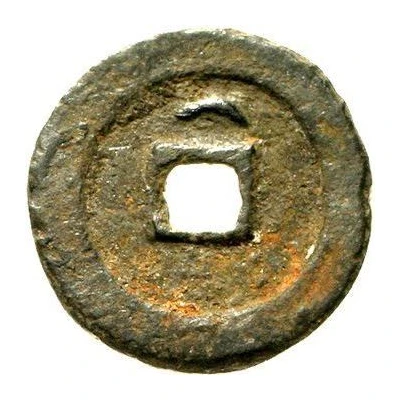

© Teutoburger Münzauktion
2 Cash - Xining Tongbao; with crescent; iron ND
| Iron | 11.32 g | 31 mm |
| Issuer | Empire of China |
|---|---|
| Emperor | Northern Song dynasty › Shenzong (宋神宗) (1067-1085) |
| Type | Standard circulation coin |
| Years | 1068-1077 |
| Value | 2 Cash |
| Currency | Cash (621-1912) |
| Composition | Iron |
| Weight | 11.32 g |
| Diameter | 31 mm |
| Shape | Round with a square hole |
| Technique | Cast |
| Orientation | Medal alignment ↑↑ |
| Demonetized | Yes |
| Updated | 2024-10-04 |
| Numista | N#214112 |
|---|---|
| Rarity index | 97% |
Reverse
One crescent above.
Edge
Plain
Comment
While bronze coins were first issued for the war in 1071, Schjoth makes no mention of iron issues, and Hartill lists the date-range starting at 1068 for these pieces (possibly because they are Tongbaos rather than Zhongbaos). With these examples also being slightly larger than the average war piece, these could be issues before the war.With Xihe Mint mentioned to have cast iron 2 Cash pieces in 1075, it is likely these followed the same conditions as the bronze pieces (de-valued to 2 Cash in 1073).
Interesting fact
One interesting fact about this coin is that it was made of iron, which was a unusual choice of material for coins at that time, as most coins were made of copper, silver or gold. The use of iron as a material for coins was likely a result of a shortage of other metals or a deliberate choice to create a distinctive currency. This choice of material also gives us a glimpse into the economic and technological advancements of the Empire of China during that period.
